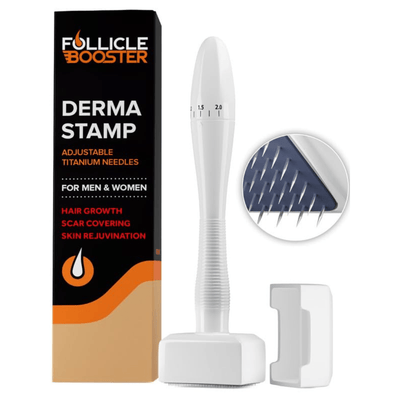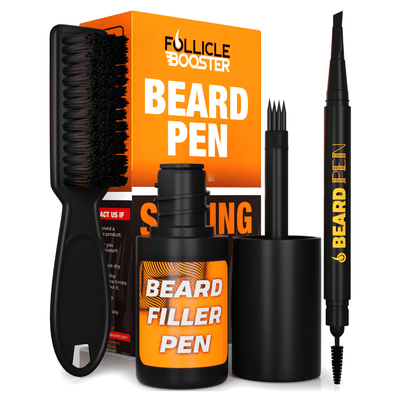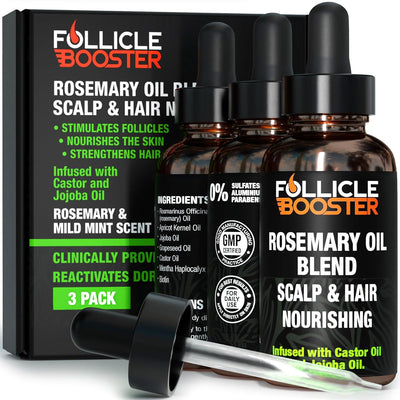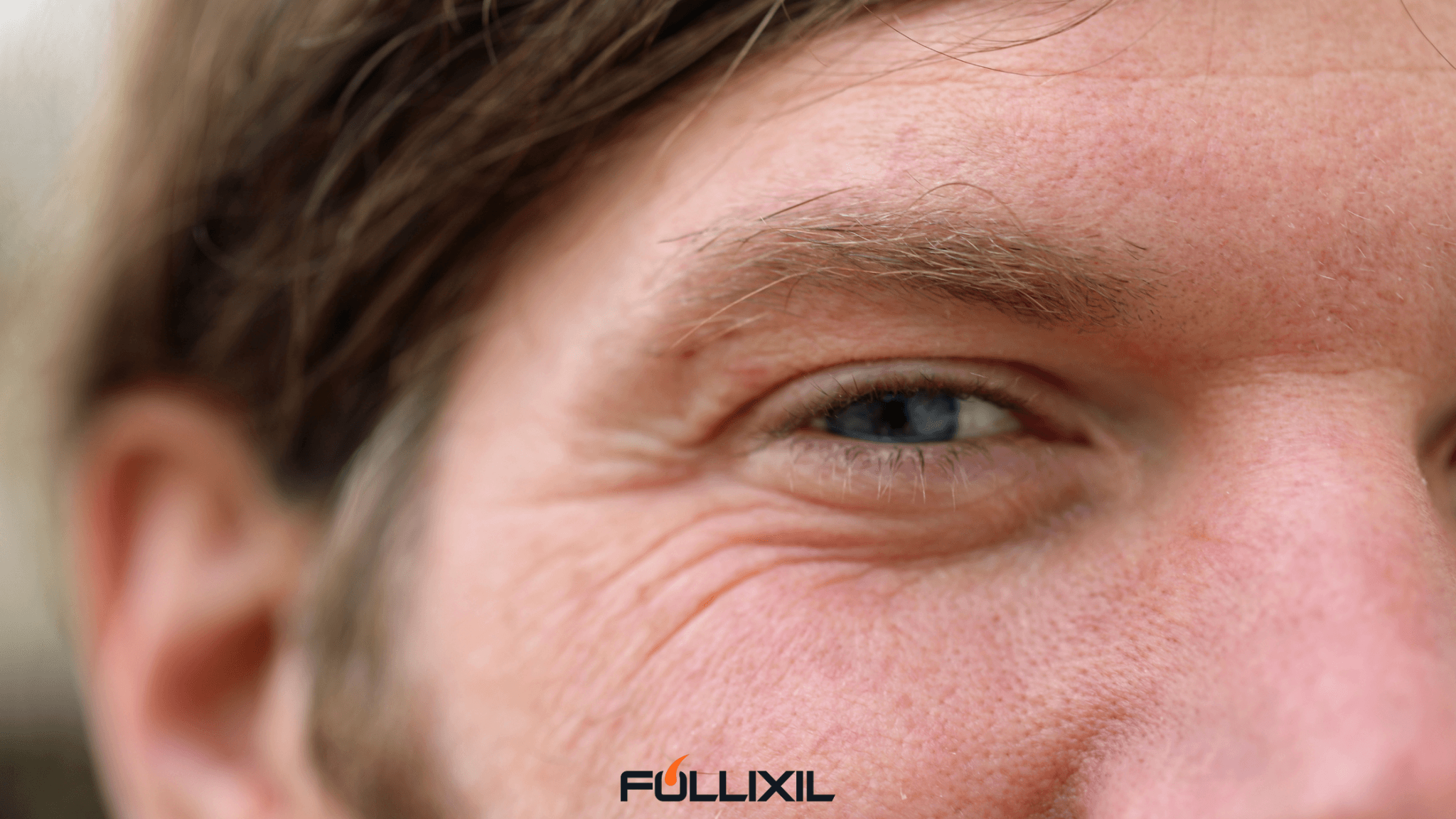Wrinkles are an inevitable part of aging, leading some to question whether Minoxidil, renowned for promoting hair growth, could also affect wrinkles. In this blog post, we delve into the science behind Minoxidil and its potential effects on wrinkles, aiming to uncover the truth behind this intriguing speculation.

Minoxidil, a topical medication primarily used to combat pattern baldness (androgenetic alopecia), stimulates hair growth by improving blood flow to hair follicles. However, its mechanism of action and impact on wrinkles are distinct from its primary purpose.
Minoxidil and Wrinkles: Separating Fact from Fiction
Scientific research explicitly focusing on the effects of Minoxidil on wrinkles is limited. While Minoxidil targets hair follicles, its influence on skin aging remains a subject of debate. Although anecdotal reports suggest potential benefits for wrinkles, more solid scientific evidence currently needs to support this claim.
The scarcity of clinical studies exploring Minoxidil's anti-aging properties on wrinkles significantly hampers our understanding. Most research has concentrated on Minoxidil's efficacy in hair growth rather than its impact on the skin. As a result, it is premature to draw definitive conclusions regarding the relationship between Minoxidil and wrinkles.

Exploring Possible Factors and Considerations
If claims of Minoxidil improving wrinkles are valid, other contributing factors might be at play. One plausible explanation is that Minoxidil's increased blood flow to the skin may temporarily create a plumping effect, making wrinkles appear less noticeable. Furthermore, by enhancing the delivery of vital nutrients and oxygen to the skin, Minoxidil contributes to overall skin health.

However, it is vital to recognize that individual experiences and results can vary significantly. Factors such as skin type, age, lifestyle, and genetics play substantial roles in determining the appearance of wrinkles. While Minoxidil is generally considered safe when used as directed, it is crucial to consult dermatologists or skin care professionals for personalized advice and guidance.

The relationship between Minoxidil and wrinkles remains shrouded in uncertainty. While anecdotal reports hint at potential benefits, more scientific evidence is needed to support Minoxidil as an effective anti-aging treatment for wrinkles. When addressing skincare concerns, seeking professional guidance is the best approach to developing a comprehensive and personalized wrinkle management plan.










